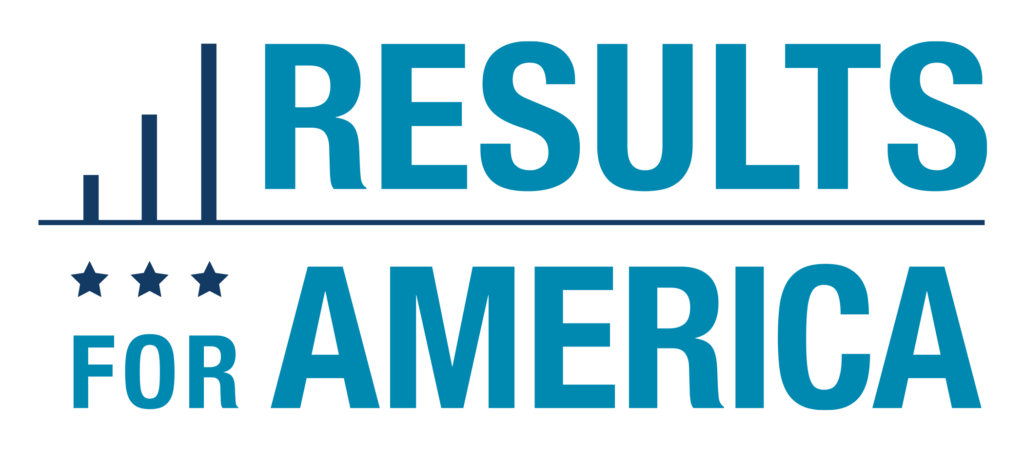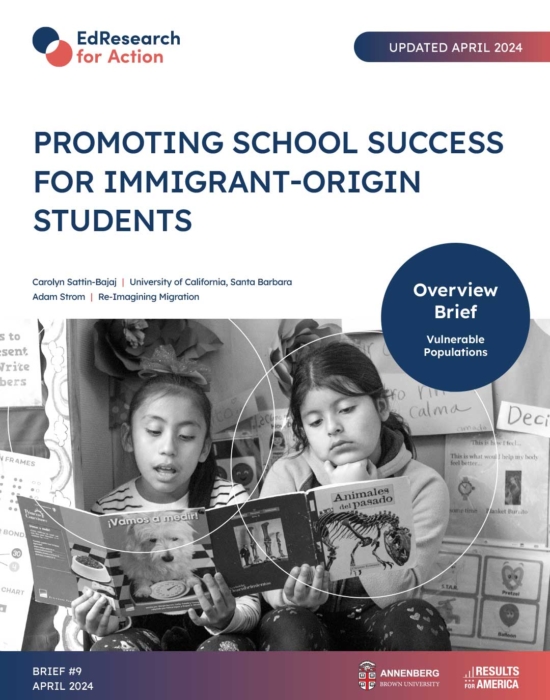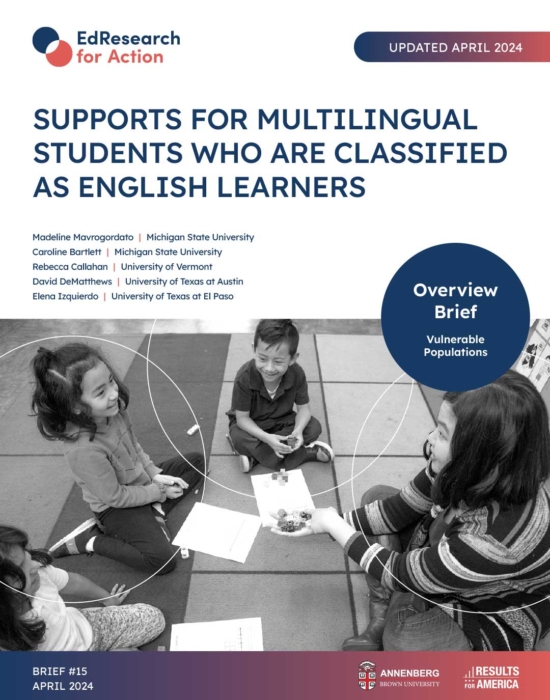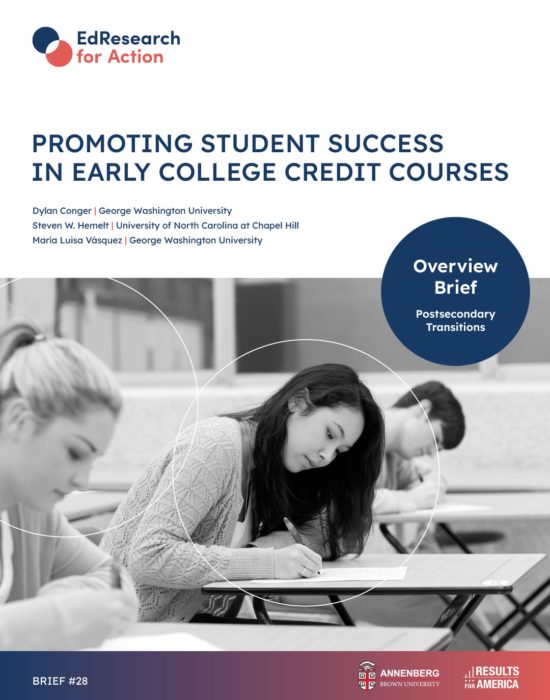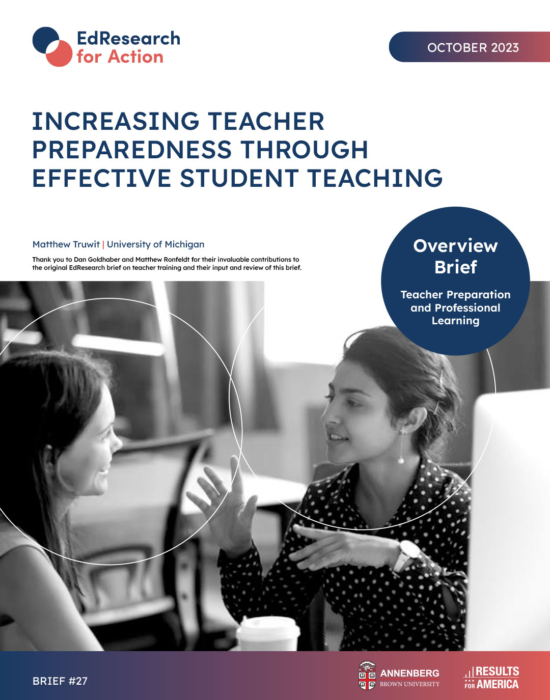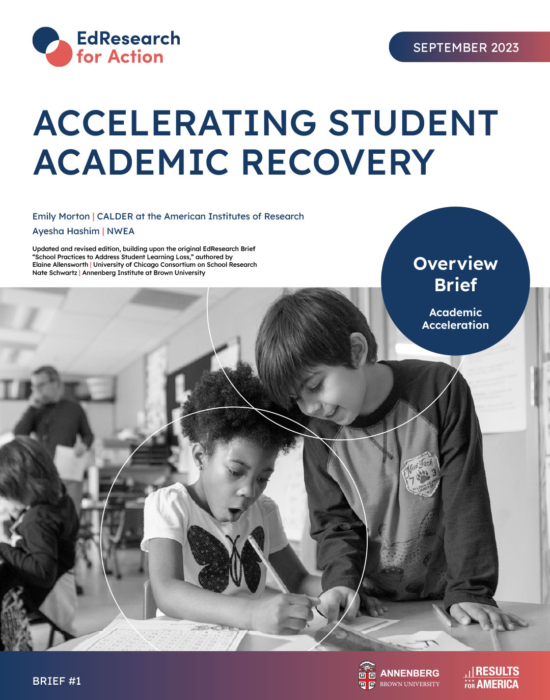EVIDENCE-BASED PRACTICES FOR ASSESSING STUDENTS’ SOCIAL AND EMOTIONAL WELL-BEING
This brief is one in a series aimed at providing K-12 education decision makers and advocates with an evidence base to ground discussions about how to best serve students during and following the novel coronavirus pandemic.
Heather Hough | Stanford University
Joe Witte | Stanford University
Caroline Wang | Education Analytics
Dave Calhoun | CORE Districts
February 2021 | Brief No. 13
Central Question
How can schools and districts monitor students’ social and emotional well-being across the year?
Key Insights
Breaking Down the Issue
- Disruptions to students’ mental and emotional health, social systems of support, and learning environments require a new focus on social and emotional well-being.
- Although the need to assess students’ social and emotional well-being in a virtual environment is new, we can still draw from assessments that were developed and validated prior to the pandemic.
Strategies to Consider
- A comprehensive system for monitoring student well-being should help educators support students in schools and classrooms and allow for tiered referrals for special services. Many validated instruments on social and emotional well-being, learning conditions, and other non-academic measures are available to schools and districts at no financial cost.
- Well-being assessments are only effective as part of a larger strategy for supporting students.
- Student surveys are an important tool for understanding things that cannot be observed, such as student mindsets and circumstances, and can supplement screeners and monitoring strategies. However, surveys should be concise and efficient.
- Privacy concerns can be taken seriously without compromising the usefulness of well-being assessments.
Strategies to Avoid
- Some survey questions can have the unintended effect of re-traumatizing, stigmatizing, or marginalizing students. Schools and districts are encouraged to use the resources that appear below, but those who wish to design their own surveys should be mindful of equity concerns.
- Surveys often run into design pitfalls that make results impossible to interpret. Leveraging existing validated surveys can help avoid these issues.
Breaking Down the Issue
Disruptions to students’ mental and emotional health, social systems of support, and learning environments require a new focus on social and emotional well-being.
Assessing students’ “readiness to learn,” should include a broad view of social and emotional well-being.
- The pandemic has introduced a great deal of hardship into many students’ lives, which may make it difficult for them to learn. Maslow’s Hierarchy of Needs provides a framework for thinking about how students’ basic needs such as mental health, social systems of support, and a safe and functional learning environment are necessary preconditions for higher-level learning.
- Even before the pandemic, researchers, policymakers, and educators alike had begun to embrace these more holistic factors in school programming, arguing for whole-child education, attention to noncognitive factors, programming to support student social-emotional learning, stronger supports for student mental health, and a focus on improving school climate so that students feel safe, supported, and connected.
Greater numbers of students are experiencing anxiety, depression, and, for students with disabilities, developmental regression since the start of the pandemic.
- The pandemic has disrupted students’ lives in numerous ways, and with schools closed and community events cancelled, students can feel isolated and disconnected.
- Schools and communities in the U.S. have already reported cases of increased fear and anxiety, online bullying, depression, sickness, loss, grief, and increased cases of abuse.
- Schools closings have been associated with the rise in adolescent suicides due to feelings of isolation and hopelessness.
The pandemic has disrupted ordinary social interaction at school, weakening students’ social support systems.
- School is an important component of a student’s social support system.
- The strength of students’ social support systems serves as a strong predictor for their ability to recover from disruption and trauma.
Students’ learning environments vary more than ever in the pandemic context, and schools have an increased need for information on student learning environments during distance learning.
- For instance, many students are now learning from home, in the same space as their siblings or other family members, or in their parents’ workspace.
- Many students before the pandemic relied on school for meals and stability, and such students may be struggling to focus on schoolwork with issues of poverty, housing access, and food insecurity compounded by grief and loss.
- With disrupted school schedules including fully distance learning and hybrid scheduling, educators do not have as many opportunities to monitor student well-being.
Although the need to assess students’ social and emotional well-being in a virtual environment is new, we can still draw from assessments that were developed and validated prior to the pandemic.
Evidence-based assessments of non-academic components of student success can provide context for how a well-being survey could be designed and implemented.
- Examples of evidence-based non-academic assessments include the Social-Emotional Learning (SEL) framework developed by the Collaborative for Academic, Social, and Emotional Learning (CASEL), and the California School Climate, Health, and Learning Surveys.
- SEL and Culture-Climate survey measures have been found to be valid, reliable, and actionable in the school system.
The key principles of meaningfulness, measurability, and malleability (the 3Ms) provide a helpful lens for evaluating the usefulness of non-academic metrics.
- A meaningful metric is one that predicts outcomes. Students’ health and safety in their home environment, emotional well-being, and access to disstance learning instructional content, among other metrics, are newly meaningful in the COVID-19 learning context.
- Measurability (it is possible to measure the construct in a valid and reliable way) presents new challenges, as many students across the country are learning from home. Normal data collection methods (in-person surveys, performance assessments) may no longer be feasible.
- Malleability (the construct can be shaped by educator interventions) is more essential than ever—if education resources are being used to deploy new assessment tools during a pandemic, it is imperative that these produce new information that can build resilience, change outcomes for students, and leverage student strengths.
Strategies to Consider
A comprehensive system for monitoring student well-being should help educators support students in schools and classrooms, and allow for tiered referrals for special services. Many validated instruments on social and emotional well-being, learning conditions, and other non-academic measures are available to schools and districts at no financial cost.
The CORE Rally Instrument is a recommended system of lightweight, validated, and ready-to-use survey instruments aimed at helping educators support students during the pandemic.
- This option, developed for the California CORE districts (in partnership with Policy Analysis for California Education (PACE) and Education Analytics) in order to help educators support student well-being during the pandemic, is recommended for schools and districts that are looking for a high-quality well-being and learning conditions instrument that can be set up with minimal resource investment.
- The CORE Student Well-Being and Learning Conditions Diagnostic Survey is the most general-purpose survey of the options available in the CORE Rally Instrument, although other surveys are available to answer specific questions.
- The well-being survey is designed to provide a high-level picture of student emotional well-being, resilience, social networks, remote learning environment, assets, needs, and interests. It focuses on validated items and takes about 15 minutes to administer.
- Shorter CORE Pulse surveys are designed to examine specific issues. Pulse instruments support monthly re- administration and should take 5-10 minutes to administer.
The Copilot-Elevate Survey is a recommended repeatable learning condition survey that includes digital integration.
- This option is recommended for schools and districts that are looking for a repeatable learning conditions survey that is straightforward to implement. Measures include a sense of belonging, whether the student feels heard and as if they are doing meaningful work, respect for student cultures, and a sense of teacher caring.
- The Copilot-Elevate survey is a 5-10 minute survey that students take anonymously to assess the above learning conditions in their classroom. Results are linked to evidence-based recommendations.
Schools and districts interested in expanding on these options (for instance, instruments aimed at measuring students’ social-emotional learning) have access to a variety of recommended resources that will help them identify and select from validated instruments.
- EdInstruments, created by the Annenberg Institute at Brown University, provides a curated repository of measurement tools that assess students’ skills beyond the classroom. Users can sort through domains such as self-management and social awareness that match their SEL or well-being framework, and can sort by grade, language, and whether or not the tool is open-access.
- CASEL’s assessment guide is an open-source resource to help practitioners select and use measures of student SEL, including examples of how practitioners have used the data from the assessments.
Screeners and monitoring strategies can help identify and refer students in need of targeted support by specialist professionals.
- The National Association of School Psychologists recommends using screeners and teacher referrals as part of a specialist-led system that also includes comprehensive supports for student well-being in every classroom and in the school community as a whole.
- The current combination of elevated need and limited specialist time mean that well-being and learning conditions surveys are to help inform these comprehensive systems of well-being support and supplement the targeted use of screeners.
Well-being assessments are only effective when they are part of a larger strategy for supporting students.
It should be clear how any given survey fits into a school’s overall strategic priorities.
- A clear set of goals ensures that the resources invested in the assessment are used to maximally benefit students; example goals might include crisis response, home learning environment assessment, support for mental health screening, aligning resources to support equity, assessment of student strengths and resilience, or assessment of overall well-being.
- Schools should have a clear picture of how the results of surveys will be used. For instance, survey results may inform classroom practice or help schools identify families in need of distance learning information technology (IT) support.
Surveys can connect educators to resources that can help them address the classroom needs identified by the surveys or build on student strengths identified.
- For instance, the California CORE Rally instrument comes with resources tied to potential survey results.
Trends across student groups can reveal inequitable practices or outcomes within schools and communities and help schools direct resources to correct inequities.
- Student well-being surveys can reveal challenges being faced by students or by groups of students.
- Disaggregating results by subgroup may be particularly important given the disproportionate impact of COVID- 19 on Black, Latinx, and low-income communities, and the fact that some students (especially students with disabilities and students learning English) have had a particularly difficult time with distance learning.
Individualized assessment results may identify students for referral to specialized services.
- Referral might include English Language Learner (ELL) services, Special Education (SpEd) services, mental and physical health services, and even information technology (IT) support.
- In the current crisis, specialist time resources are at their limit. Schools should consult with their specialist staff as leadership resources to help determine how best to comprehensively support students in every classroom. A promising approach connects the results from student well-being assessments to a school-wide approach for using tiered supports to address student trauma.
- Survey results should be interpreted with the understanding that families with poor internet connections are more likely to be non-responders to online surveys, and educators should work to secure responses via mail, phone, or even in person from those students and families that don’t engage online, and then follow up to help the family obtain a stable connection.
Student surveys are an important tool for understanding things that cannot be observed, such as student mindsets and circumstances, and can supplement screeners and monitoring strategies. However, surveys take time to administer, and time costs should be balanced with information gained.
Surveys that are too long or frequent can cause survey fatigue and a decline in response quality.
- Survey implementation experts recommend that surveys designed for re-administration should be ten questions or fewer in order to avoid survey fatigue. Long surveys (over 10 questions) can provide critical information but should be implemented sparingly, usually once per year.
Younger students (generally grades 4 and lower, per CORE pilot surveys) will often require adult support to complete surveys or screeners—and it, therefore, might make sense to focus the attention of staff trained in administering individualized assessments on these grades initially.
Privacy concerns can be taken seriously without compromising the usefulness of well- being assessments.
It is usually legally required—and always essential—to keep student data including surveys and assessments secure from unauthorized access.
- Student data should not be disclosed to a third party or stored or transmitted in an insecure fashion.
- Schools should be prepared to communicate their privacy protections to families who have concerns about student privacy.
- If survey responses are going to be reported to teachers and other school staff for the purposes of targeted support or resources, students and parents should be informed at the outset.
Privacy should be distinguished from anonymity. Not all anonymous data is private, and not all private data is anonymous.
- In most cases, well-being surveys should not be anonymous if the intention is to connect students with resources according to their needs.
- Anonymity can be important for certain surveys in order to minimize the chance of respondents fearing negative consequences of a true answer. However, if surveys are administered anonymously, responses can’t be used to support individual students.
Strategies to Avoid
Some survey questions can have the unintended effect of re-traumatizing, stigmatizing, or marginalizing students. Schools and districts are encouraged to use the resources in the previous sections, but those who wish to design their own surveys should be mindful of equity concerns.
Demographic questions (such as race or gender) asked at the beginning of a survey can lead to stereotype threat, biasing the survey results.
- Experts recommend that, when designing a survey, all new items be reviewed for potential harm by diverse experts including mental health professionals.
- Student IDs or similar unique identifiers can allow for analysis by demographics without the need to ask demographic questions.
Data (especially data disaggregated by demographic category) is a risk for reinforcement of harmful biases.
- Policymakers and practitioners should be mindful of this potential danger and avoid the deficit model, and avoid using data to reinforce harmful stereotypes or biases.
Surveys often run into design pitfalls that make results impossible to interpret. Leveraging existing validated surveys can help avoid these issues.
Common design issues include double-barreled questions and double negatives.
- Questions like “how safe do you feel in your online or physical classroom?” are known as double-barreled questions and should be broken out into separate questions.
- Question-and-answer structures should avoid negative wording, including double negatives. Where possible, scales should be consistently positive or consistently negative.
Students need to be able to understand the items (including the response scales), which is particularly important with surveys for younger children.
- Items should use specific and concrete words.
- Surveys should use familiar words for the target age group in a simple sentence structure.

